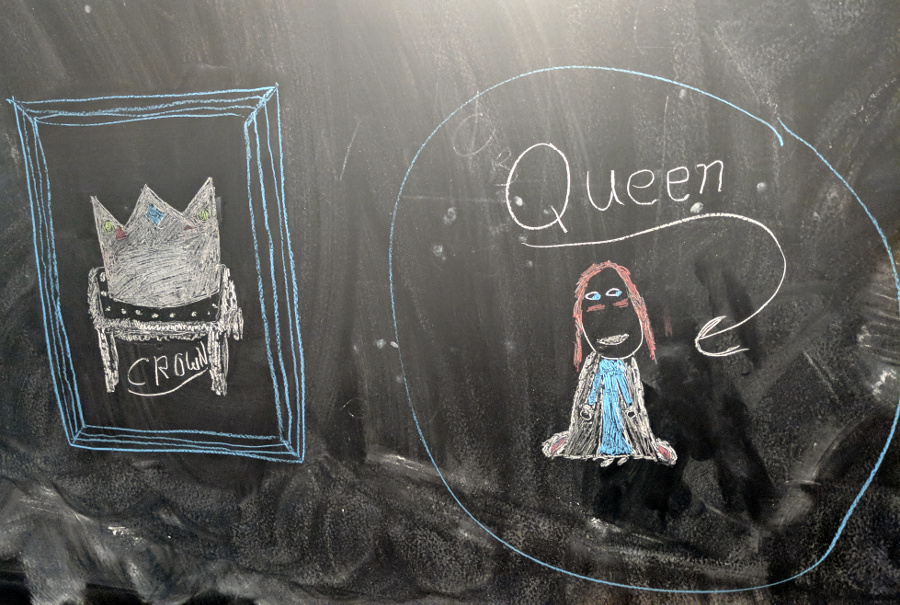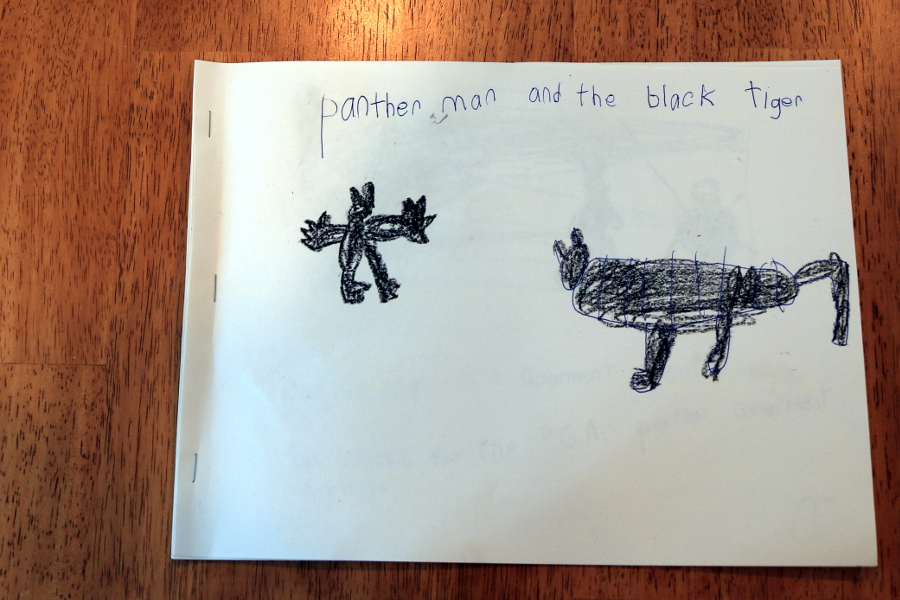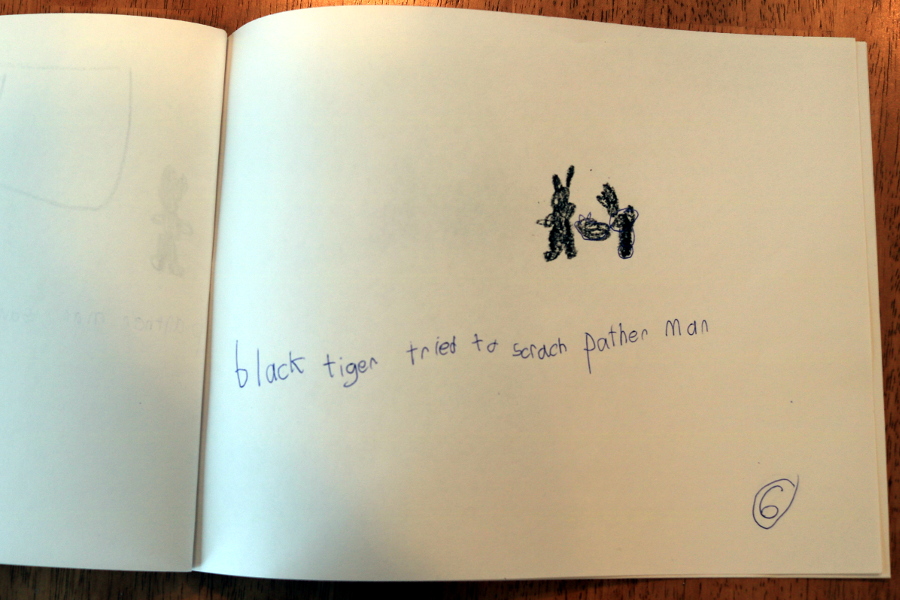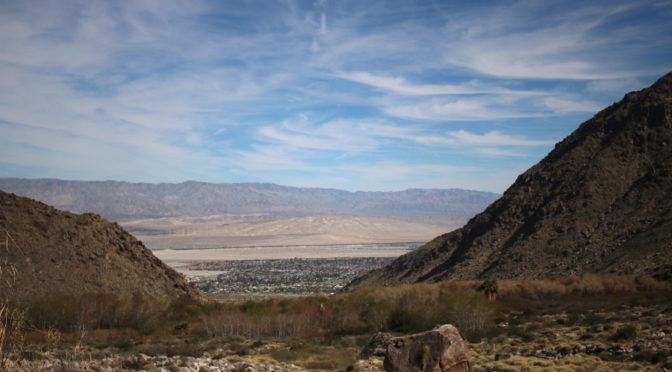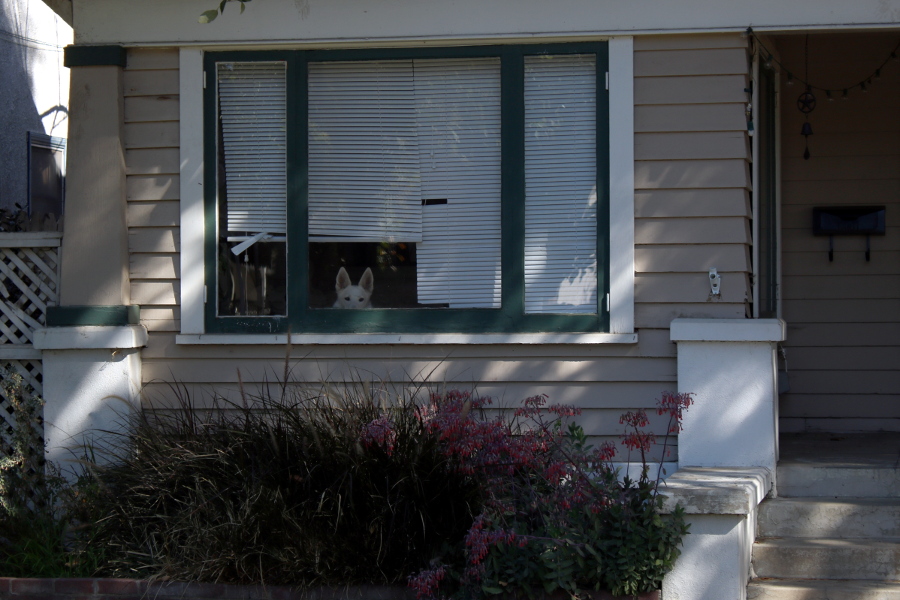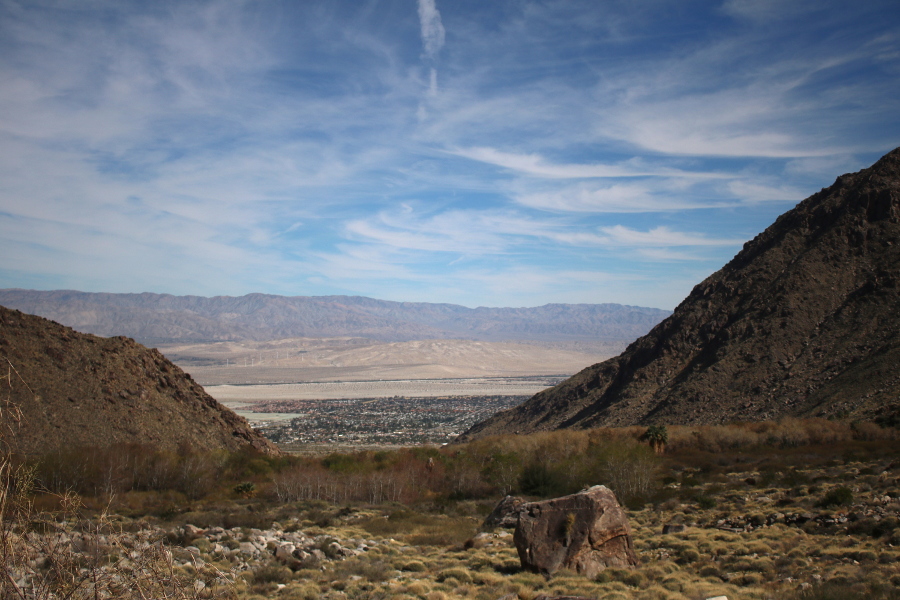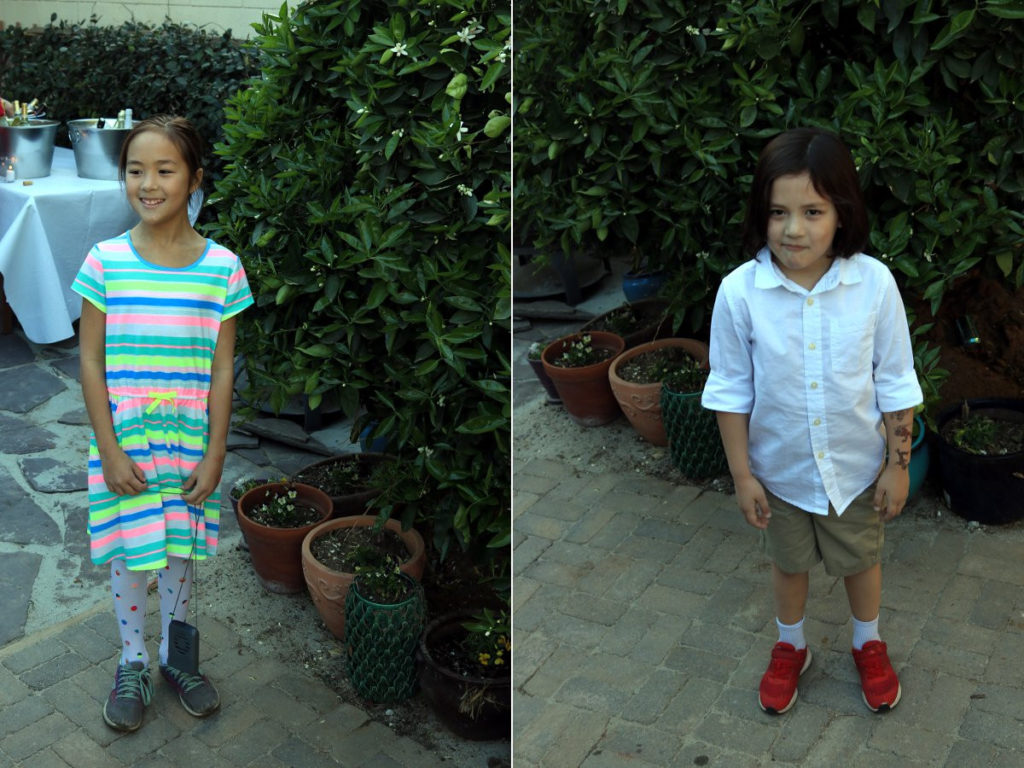A good while back, SteelyKid picked up the graphic novel edition of Madeleine L’Engle’s A Wrinkle in Time, and loved it. At a couple of past movies, she recognized the trailers for it, and bounced up and down excitedly. So we planned to take the kids to see it this weekend, and then she bizarrely refused– said she didn’t want to go because she already knows the ending, and was happy at the trailers just because she recognized it. Go figure.
The Pip insisted that he wanted to see it, though, and SteelyKid had an sleepover event last night with her Girl Scout troop, so when Kate took her off to the science museum for the overnight, I took The Pip to the theater. The non-spoiler review of the movie is: It’s too slow and talky for a six-year-old like The Pip, but visually spectacular, as you would expect from the trailer.
I also re-read the book recently, largely because of the movie trailers, so what follows (after a bit of spoiler space) will be a comparison of the two.
SPOILERS
POILERS
OILERS
ILERS
LERS
ERS
RS
S
I went back and re-read the book because the first trailers for the movie were so visually sumptuous, and that was not my memory of the book at all. I didn’t think I could’ve missed such a spectacular feast of color and grand sweep of landscape, but, you know, it had been something like 35 years since I read the book, and I can be kind of oblivious, so maybe…
In this case, at least, my memory turned out to be right. It’s really not a book with spectacular visuals. There’s one sequence where Mrs. Whatsit transforms and they fly around a cool planet, but the bulk of the book is in very ordinary settings.
Sadly, while my memory was right about that point, it was wrong about a lot of the rest of the book. While I remember loving the book and its sequels (especially A Swiftly Tilting Planet), this really didn’t age well for me. The writing is very clumsy in places, the characters speak like no human child has ever spoken (this is intentional with respect to Charles Wallace, but the relatively normal Meg and Calvin have such awkward dialogue as well that it’s almost hard to tell), and the pacing is weirdly erratic, lingering over scenes that really don’t deserve it, then rushing through the conclusion.
In a lot of ways, that’s a good thing for the filmmakers, because it gives them a lot of freedom to tweak the look, and room to improve. Having real faces to go with the story helps– Meg and Calvin are still saddled with some rather leaden dialogue, but the young actors (Storm Reid and Levi Miller) do everything humanly possible to put it across, and mostly succeed. I’m not sure about some of the material added to even out the pace– the fall-and-rescue in the sky of Uriel, say, or the bit where they’re chased through the woods by a storm monster– but it basically worked.
A few of the other changes, though, I think actually undercut some of the things that worked well in the book. In the book, Mrs. Whatsit appears as a “tramp,” a frumpy old woman wearing multiple layers of clothes, and Mrs. Who comes off as grandmotherly. This fits well with the theme of finding strength in unlikely places, and also puts a different spin on the initial interactions with them.
The “Misses” in the movie are all fabulously glamorous from the very start, even if Mrs. Whatsit comes off as not all there, and that, to me, is a choice that doesn’t really fit. Especially not the decision to make Mrs. Which a towering Oprah with glittery make-up. That aesthetic decision, while undoubtedly a blast for the art directors, goes against a lot of what was good from the book. When the characters are so glamorous and obviously supernatural from the very start, it doesn’t require much of a leap of faith to go with them, and the fact that they’re never particularly hidden makes it harder to see why they would want anything to do with Meg.
To some extent, this is probably because the books are explicitly Christian in their approach– to a greater degree than I remembered– while the movie is trying to side-step that a bit. The whole strength-in-apparent-weakness thing is of a piece with the particular Christian ethic of L’Engle’s work, as is the “gift” of Meg’s “faults.” Neither of those sits as easily with a gigantic glittering Oprah grandly speechifying about finding “warriors” and Mrs. Whatsit disparaging Meg for three-quarters of the movie.
I also don’t know that the movie’s showier version of Camazotz works as well. The scene where all the children on a suburban street are bouncing balls perfectly in unison is probably the standout image of the book, but it works in part because Camazotz has the superficial appearance of something wholesome, and it takes them a moment to realize that something is off. The movie overplays the menace of the scene from the very start, in part because the rapid scene shifts make it clear that nothing there can possibly be good. Having the one child who’s a bit off with the bouncing (and his terrified mother) is also important to the scene in the book, but wholly absent from the film, and I think that loss hurts.
(Also, putting my physics-nerd hat on, the technobabble scenes at NASA are excruciating. The attempts to inject science in the book are also awkward, but there they at least have the excuse that it’s all from the kid point-of-view. The decision to show a bit of the adult perspective makes some sense for the film, but oh, my God, are those scenes bad from the perspective of someone a professional physicist…)
Anyway, this is probably overthinking things to a significant degree. It’s a movie adaptation of a book for kids, so I’m not really the target audience. Sadly, neither was The Pip, who’s a bit too young to be interested in the middle-school social issues and doesn’t quite have the attention span for the talkier bits of the plot. It would’ve been nice to have SteelyKid there, because she’s much closer to the target audience. But, you go to the movies with the kids you have, not the kids you wish you had…



